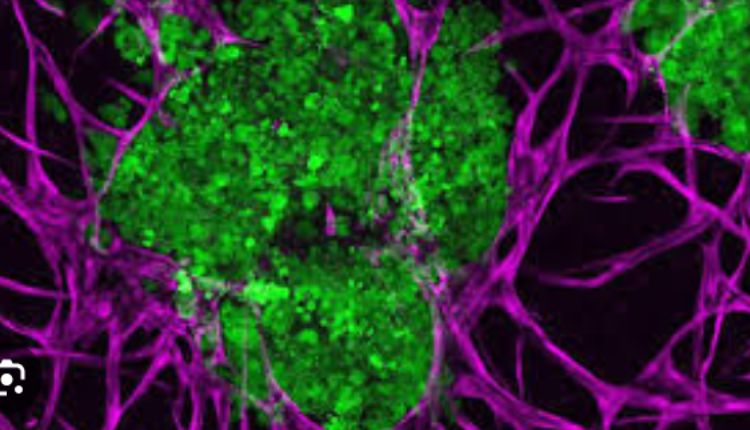Lung cancer, a malignant tumor that originates from the cells of the lung, is one of the most common types of cancer worldwide. It is a serious health condition that requires immediate attention and comprehensive understanding. This essay aims to provide an in-depth guide to lung cancer, discussing its causes, symptoms, and available treatments.
Lung cancer is primarily caused by smoking tobacco. According to the American Cancer Society, about 80% to 85% of lung cancers are associated with cigarette smoking. The risk increases with the number of cigarettes smoked and the duration of smoking. However, lung cancer can also occur in people who have never smoked. In such cases, the causes may include exposure to radon gas, secondhand smoke, asbestos, certain metals like chromium, nickel, arsenic, soot or tar, radiation therapy to the lungs, diesel exhaust and some forms of air pollution.
Genetic factors also play a role in the development of lung cancer. Some people inherit DNA mutations from their parents that greatly increase their risk of developing certain types of cancer. Other genetic changes may occur during a person’s lifetime due to exposure to environmental factors like tobacco smoke or radiation.
The symptoms of lung cancer can vary widely and often do not appear until the disease is advanced. Common symptoms include persistent coughing that worsens over time, chest pain that intensifies with deep breathing or coughing, hoarseness of voice, weight loss and loss of appetite, shortness of breath, fatigue or weakness and recurrent respiratory infections such as bronchitis or pneumonia.
Other symptoms may be caused by the spread (metastasis) of lung cancer to other parts of the body. These may include bone pain (often in the back or hips), nervous system changes (such as headache, weakness or numbness of an arm or leg), jaundice (yellowing of skin and eyes), or lumps near the surface of the body.
Early detection is crucial for successful treatment. Lung cancer screening is recommended for individuals at high risk due to age and smoking history. The primary tool for screening is low-dose computed tomography (LDCT), which can detect small nodules or other abnormalities in the lungs that might be early signs of lung cancer.
Treatment options for lung cancer depend on several factors including the type and stage of cancer, possible side effects and patient’s preferences and overall health. Surgery is often used if the cancer is found only in one lung and has not spread to other parts of the body. During surgery, the tumor along with some surrounding healthy tissue is removed.
Radiation therapy uses high-energy rays (similar to X-rays) to kill cancer cells. It can be used after surgery to kill any remaining cells or as a primary treatment for patients who cannot undergo surgery. Chemotherapy uses drugs to kill cancer cells throughout the body and can be used in conjunction with surgery or radiation therapy.
Targeted therapy focuses on specific abnormalities present within cancer cells that allow them to survive. By blocking these abnormalities, targeted therapy drugs can cause cancer cells to die. Immunotherapy helps your immune system fight cancer by boosting your immune response against cancer cells.
In recent years there has been significant progress in developing new treatments for lung cancer including advancements in genomic testing which helps identify specific genetic mutations within tumors leading to more personalized treatment plans.
Living with lung cancer can be challenging both physically and emotionally. Support from healthcare professionals along with family and friends can help manage these challenges. It’s important for patients to communicate openly about their feelings and concerns and seek help when needed.
In conclusion, understanding lung cancer – its causes, symptoms and treatments – is crucial in combating this deadly disease. While smoking remains a major risk factor for developing lung cancer; exposure to certain environmental factors also contribute significantly. Early detection through regular screening can greatly improve treatment outcomes while advancements in medical science are continually providing new hope for patients living with this disease.

